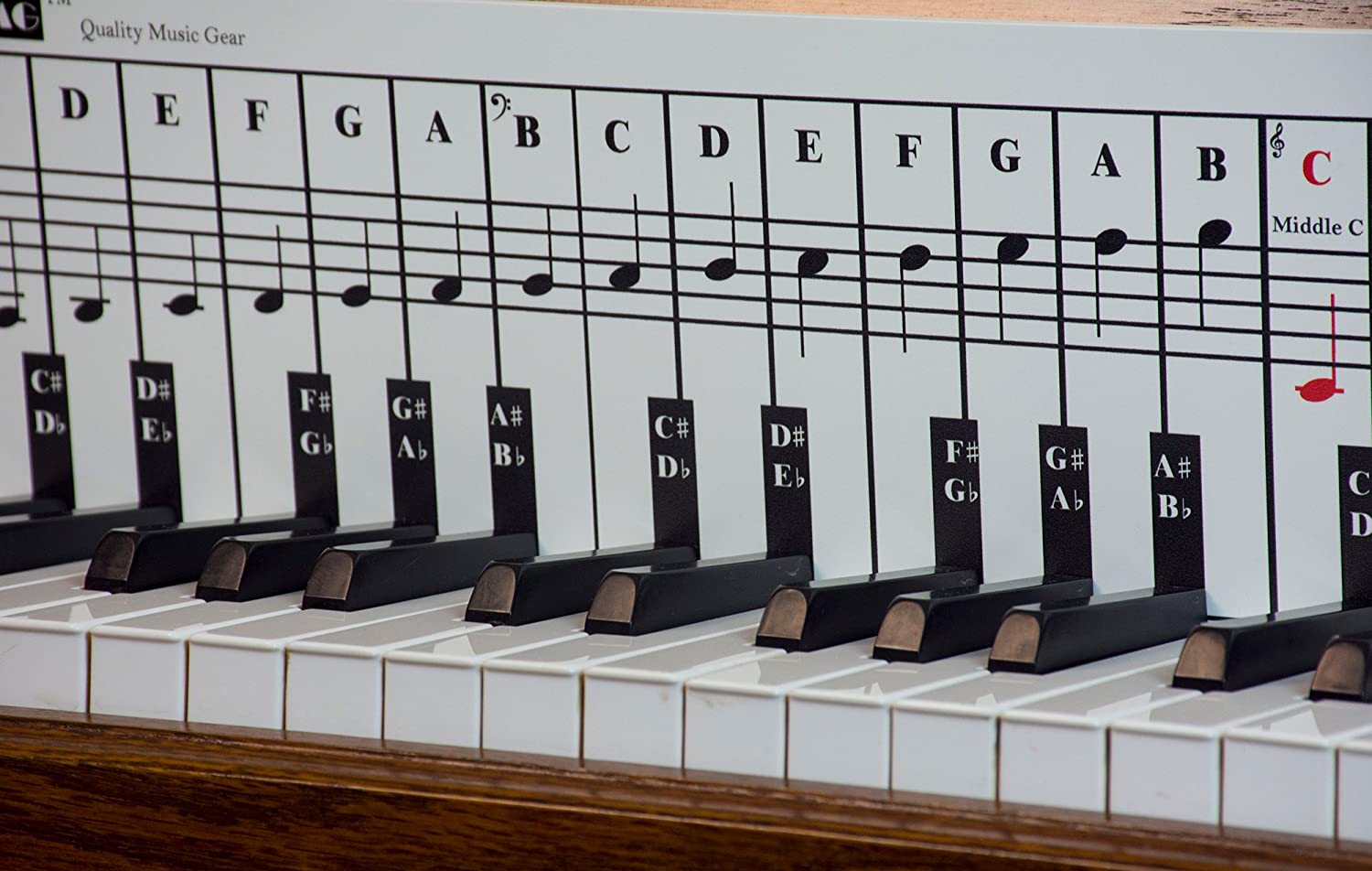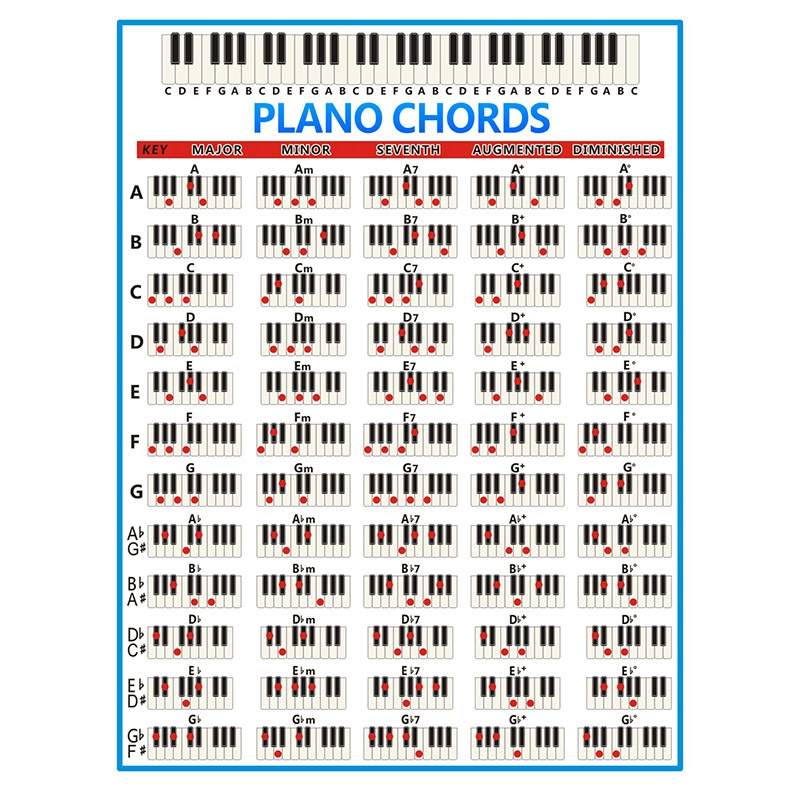

This creates a contrasting section with a more melancholic feel before modulating back to the relative major for the concluding section.
All music keys chart tv#
The best music shows to watch on TV this Christmas and New. I don’t have to use any pivot chord or modulating section of music as the two keys have the same key signature. All the singles and albums of Alicia Keys, peak chart positions, career stats, week-by-week chart runs and latest news. Each scale has one more sharp, or one less flat, than the scale on the row above. It then modulates to the relative minor – F sharp minor. Notice the effect that this has on the number of sharp and flat notes. You can see/hear how the piece starts in A major. It is a piano piece called Prelude 18 – The Lily. It can also provide a clear sense of structure to a piece. I have put together a chart showing all the relative major and minor keys together with their respective key signatures.Ĭhanging key from the relative major to the relative minor is a great way of introducing contrast in a piece of music. However, you do need to know how many sharps/flats are in the related keys in order to be able to use them in your composition.

You can see that it is easy to work out what the relative major/minor of a key is. So, the relative major of F sharp minor is A major. If I want to get from F sharp minor to its relative major.Ĭount up 3 semitones and I get to A major.

All music keys chart how to#
How to work out the Relative majorĪll you need to do is to count up 3 semitones from the relative minor and you will reach the relative major. So, the relative minor of E major is C sharp minor. If I want to get from E major to its relative minor, again I count down 3 semitones and reach C sharp. Here’s another example of the relative minor of E major: Therefore, the relative minor of C major is A minor. You can see that if I want to get from C major to its relative minor I start on C and count down 3 semitones and reach A. Have a look at this example on a keyboard: If you want to get from the relative major to the relative minor you simply need to count down 3 semitones from the relative major. The good news is that it’s really easy to work out the relative minor of a major key! This will make your compositions instantly more interesting. Understanding this relationship between the relative majors and minors is really useful when you are composing as it makes it very easy to modulate (change key) from the relative major to the relative minor or vice versa. However, they sound related because they share the same number of sharps and flats and so you can easily play one after the other without it sounding horribly discordant! The two keys are clearly different because they start on a different tonic note and one scale is major (sounds “happy”) whilst the other is minor (sounds “sad”). Here are all the key signatures up to 6 sharps/flats in the four clefs - treble, bass, alto and tenor. Have a look/listen to this performance of a G major scale and its relative minor – E minor: For every note in the chromatic scale there is a relative major key and a relative minor key. Relative keys have the same key signature (number of sharps or flats).


 0 kommentar(er)
0 kommentar(er)
